The local golf courses would undergo significant transformation in the next decade. The Leven and Lundin Golf Clubs ceased to share one course in 1909, with the Lundin end being redesigned by James Braid.
The detail below shows the salmon nets out in the bay (the parallel stakes in the water). The east end of Lundin Links is visible in the distance to the left of the wooden sign behind the crowd, while the pale-coloured rectangular Crusoe Hotel can be seen to the right. At the very foot of the post is an image, seen in an earlier post, of the Lundin end of the Links around the same time.

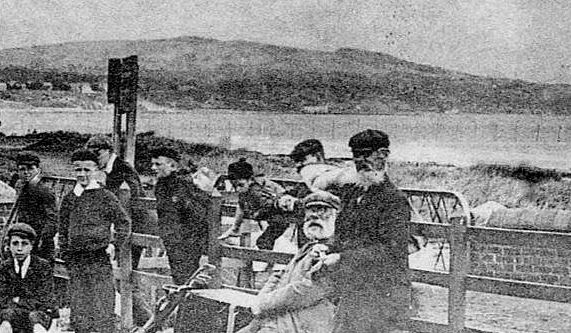
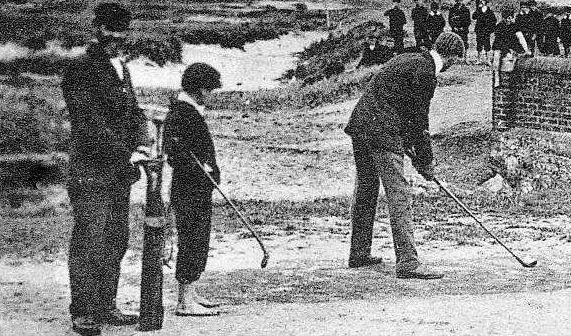
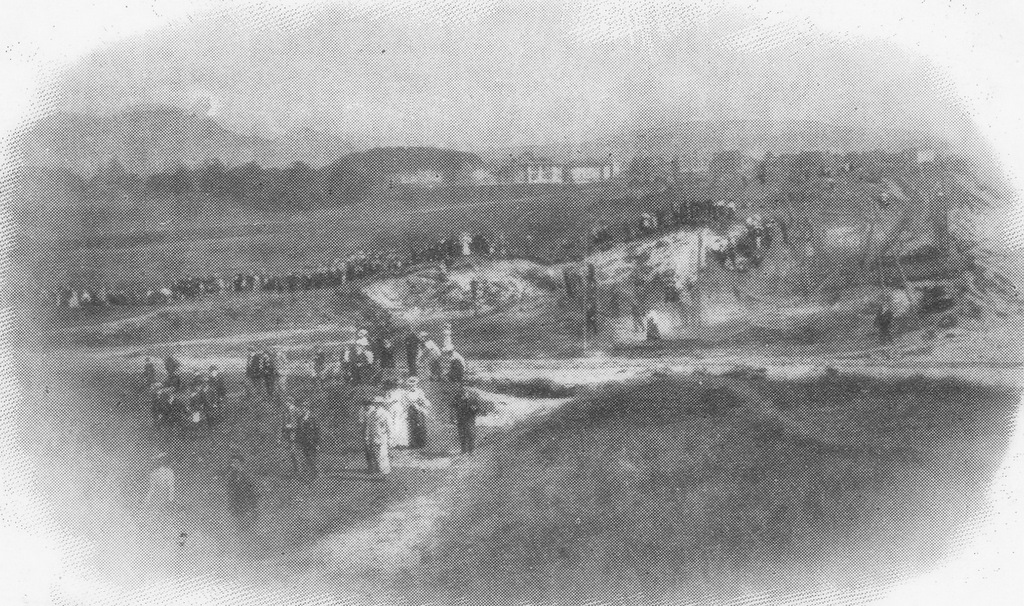
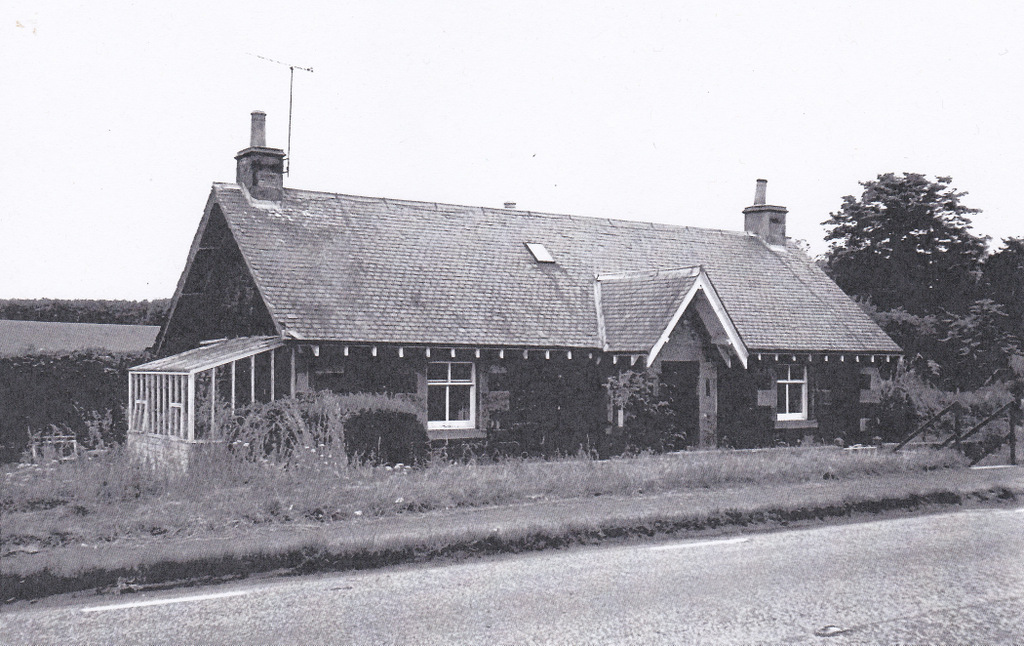
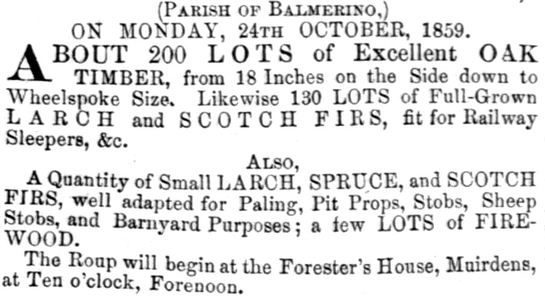
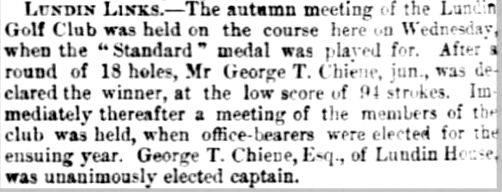
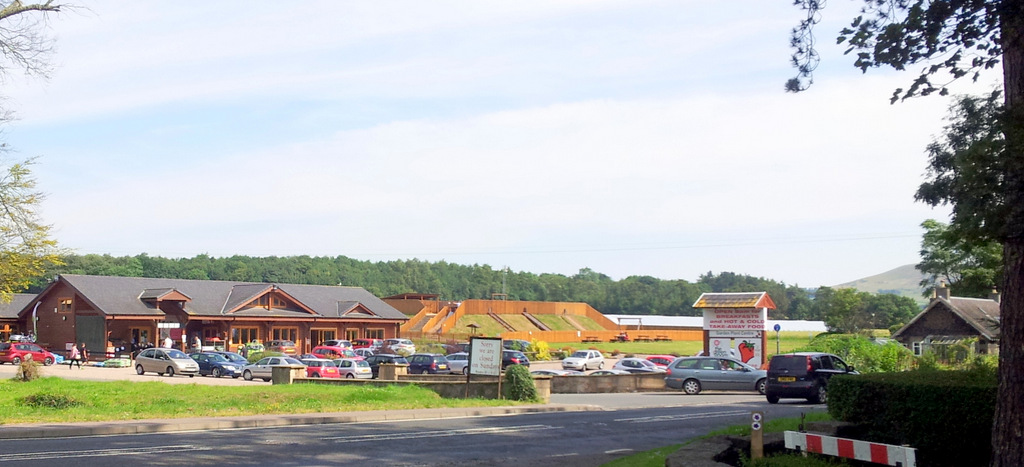

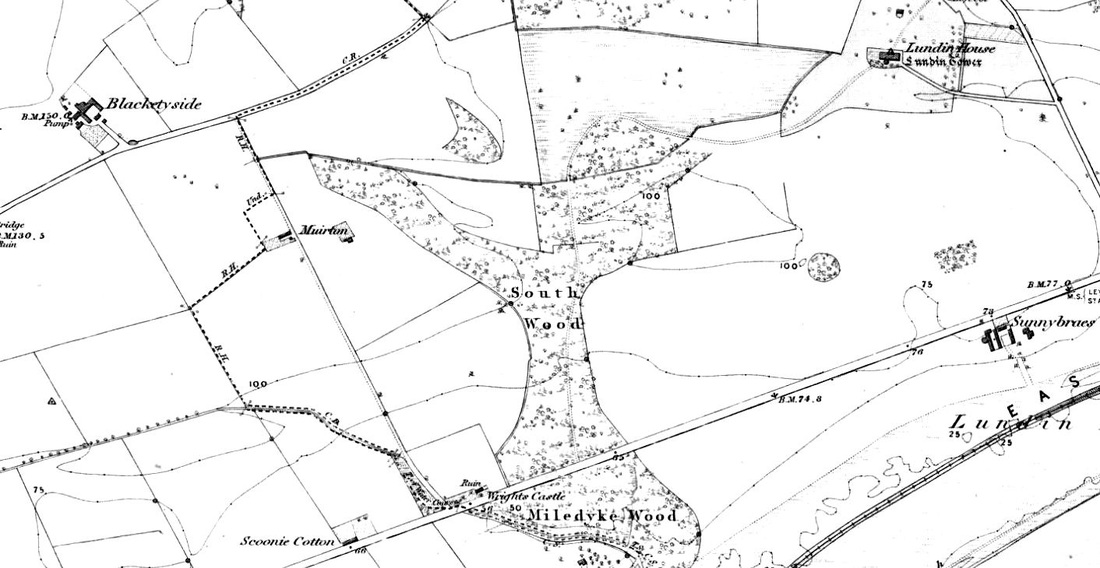
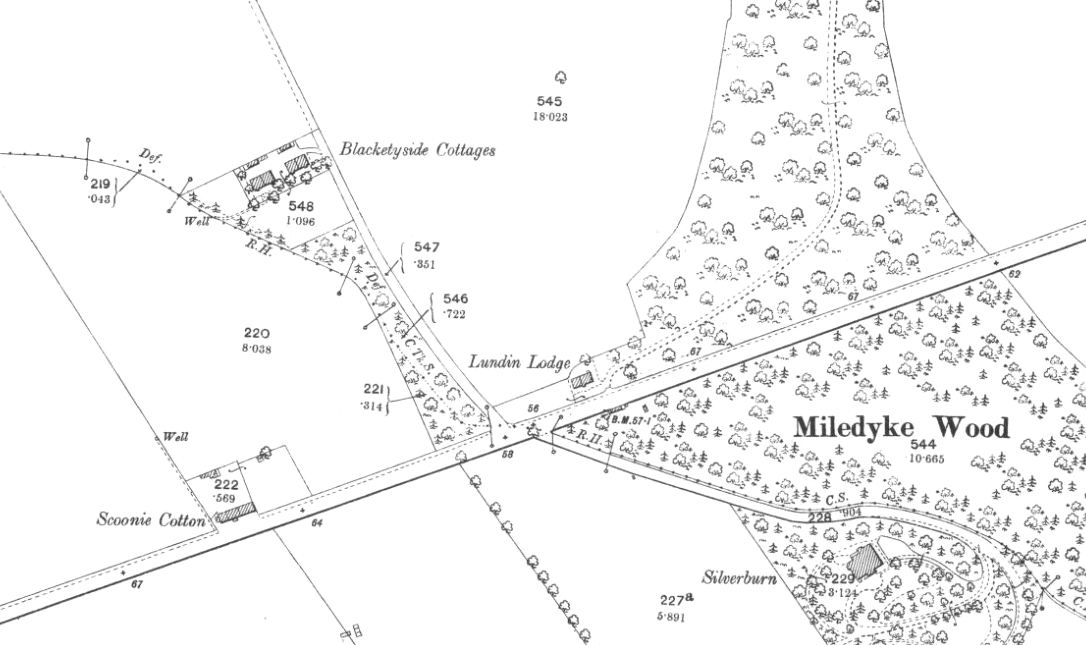
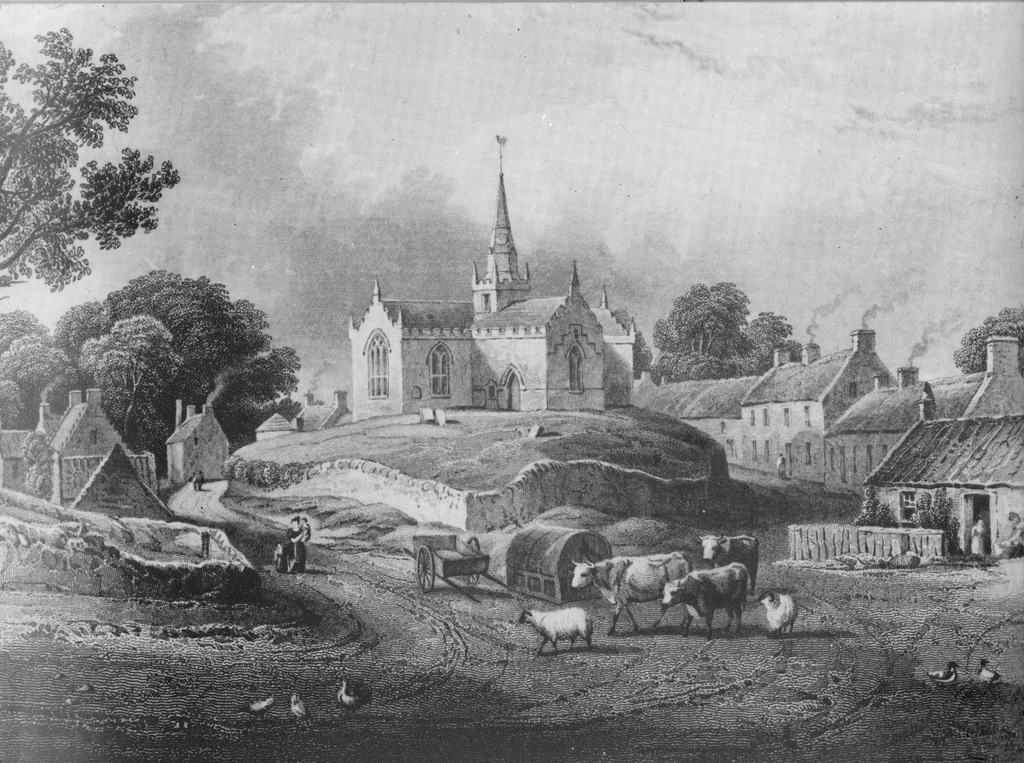
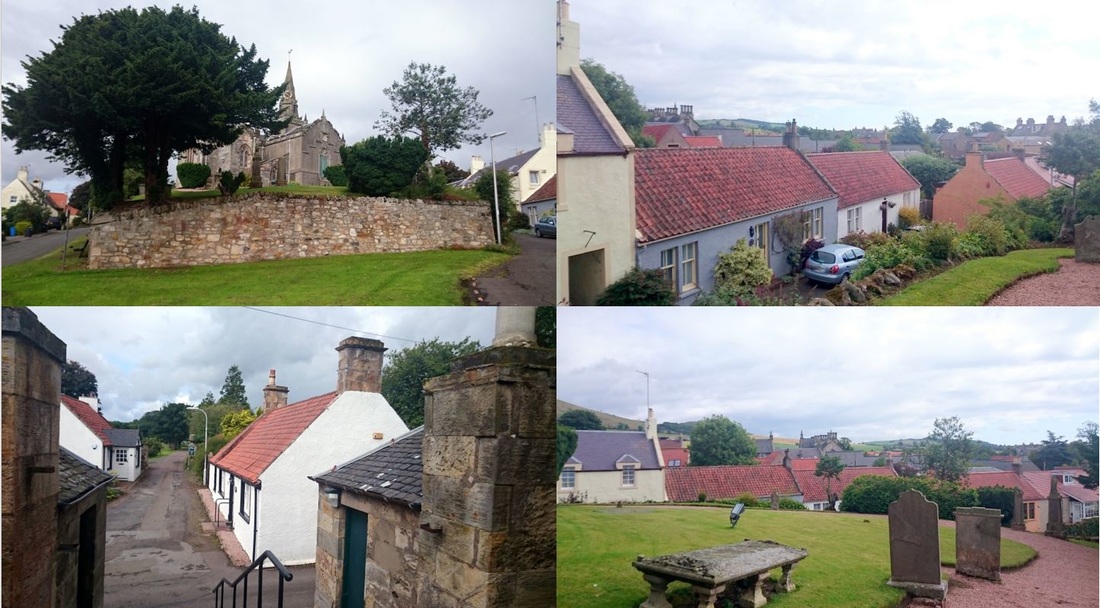
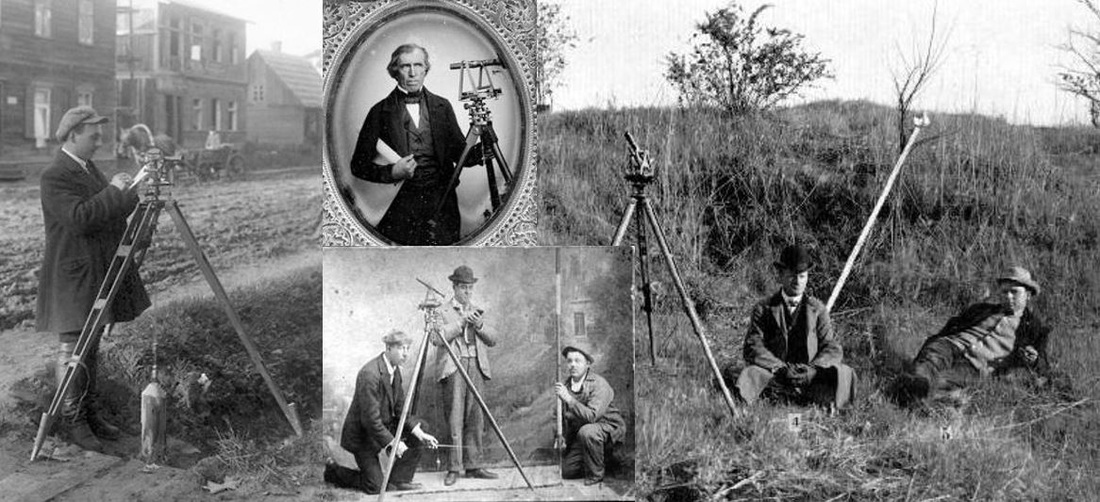
 RSS Feed
RSS Feed
